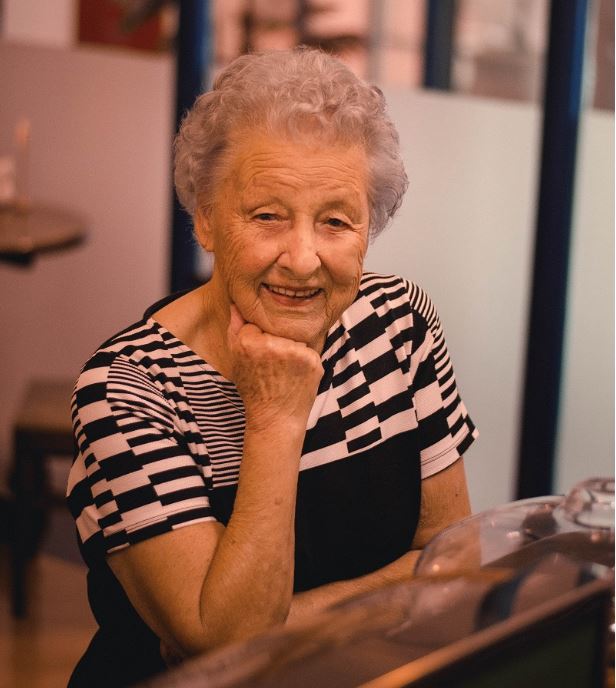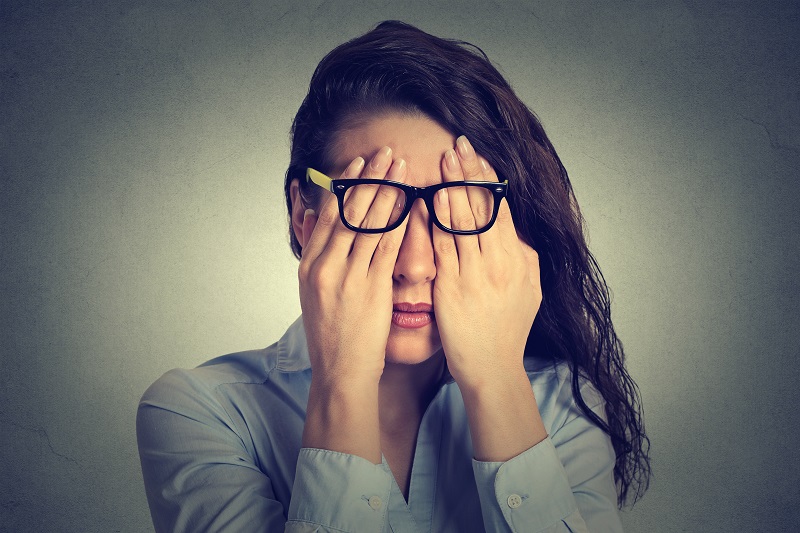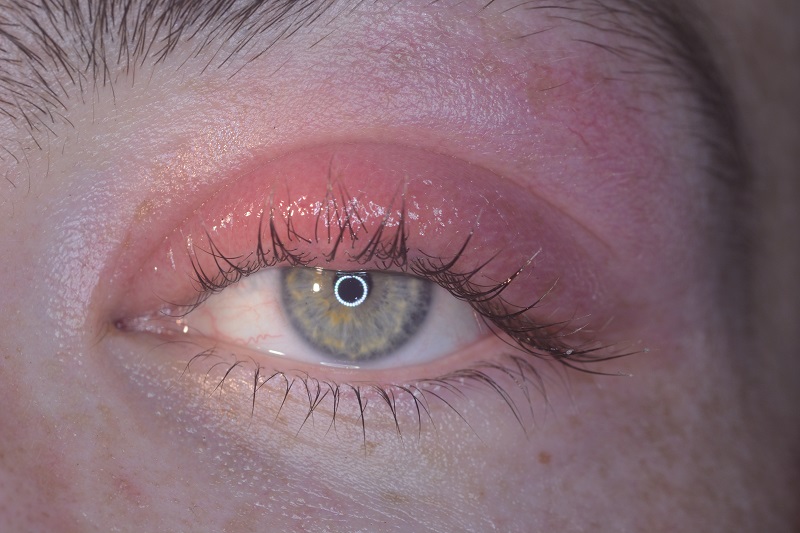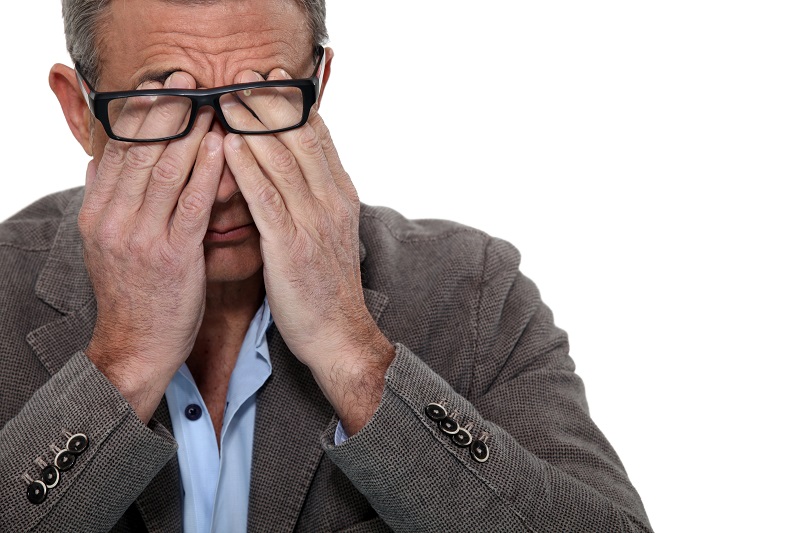
Your eyesight will change as you grow older. It’s important to understand what’s normal, what isn’t, and when to see an ophthalmologist.
Common Age-Related Eye Problems
The problems listed here are common and can be treated. However, you should not delay in seeking medical advice. They could be a sign that something else is going on.
- Presbyopia – You may notice the gradual loss of your ability to see small print or close-up objects. This is a slow change that will happen as you age. You may also notice increased eye strain and headaches. Reading glasses usually correct the problem.
- Excessive Tearing – Your eyes may become sensitive to wind, light, or changes in temperature. This can lead to excessive tearing. Protecting your vision with sunglasses or eye drops can help. It could also indicate that you have a blocked tear duct, which should be addressed by a doctor.
- Floaters – Floaters look like cobwebs or specks in your field of vision. You can see them in bright light. While they are normal, they can also be a sign of a detached retina.
- Eyelid Issues – Older people sometimes experience eyelid problems. This can include redness, itching, and swelling. If you notice discomfort, you could have blepharitis, which can be treated with warm compresses.
When Should I See an Ophthalmologist?
You should schedule an ophthalmologist appointment right away if you notice sudden changes in your vision. You should also seek advice if you have:
- Eye pain
- Double vision
- Flashes of light in your vision
- Unexplained eye swelling
It is very important to have routine exams. Regular ophthalmologist visits are a big part of healthy aging. Some eye diseases can be treated if caught early. Contact Grosinger, Spigelman & Grey’s Bloomfield Hills office today to schedule your appointment.



